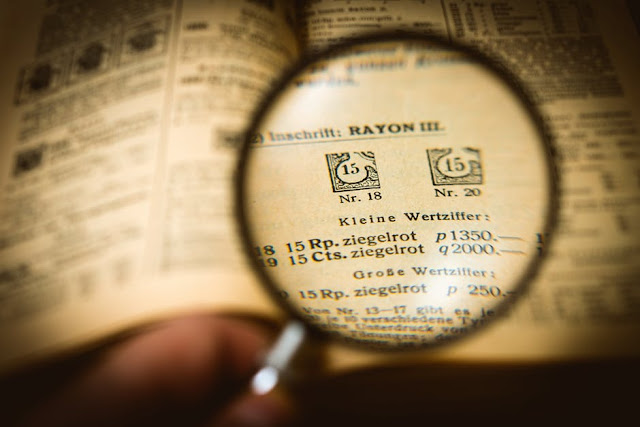Never See a Bat the Same Way Again
As Halloween approaches, let’s pause for a moment to consider
a common piece of creepy iconography in Western culture: the bat. Associated as
they are with darkness, caves, leathery skin stretched over bony wing bones—and
yes, in the case of the vampire bat, blood-sucking—it’s no wonder they’ve
become a symbol of all things spooky.
Yet, there’s more to these humble non-rodents than thrills
and chills. Scientists hope their brains might hold the key to a human mystery:
just how do we track the relative position of people around us?
Luckily, "A bat's hippocampus is very similar to a
human's,” Professor Nachum Ulanovsky of the Weizmann Institute of Science in
Israel told Phys.org. “The
hippocampus is very important for things like spatial and social memory."
And while bats are not the smartest member of the animal kingdom—they don’t
have the tool use of elephants or the trickery of corvids—they are highly
social creatures, as well as famously good navigators.
How social are these nocturnal fliers? In a 2015 piece for <<The
New Yorker, bat biologist Merlin Tuttle likens bat societies to those of primates. “Like humans, they share food and information,
adopt orphans, and practice reciprocal altruism,” he notes. In other words,
bats are more likely to extend their generosity to those who have been helpful
in the past.
Tracking these complex social equations takes work, especially
because a large colony can easily contain hundreds of bats. So, how do these
simple mammals keep track of the relative positions of their colony mates?
Ulanovsky’s team attached tiny wireless recording devices
and electrodes to the heads of Egyptian fruit bats and divided the bats into
pairs: a “teacher” bat and a lower-on-the-bat-hierarchy “student.” The student
first observed the teacher randomly flying from a perch to a food source and
then back again. After an average of about 13 seconds, the student bat would
follow suit.
When the student bats made the flight, it activated their
place cells, specialized neurons concerning one’s relative physical position in
space. However, just watching a teacher bat navigate the room also lit up about
18% of the student bat’s hippocampus. The pattern was distinctly different from
when a student bat observed physical objects moving through space. Indeed, the bat
hippocampus was shown to have a separate area for marking the paths of objects,
versus marking the paths of other bats.
Since the bat hippocampus has so much overlap with a human’s,
this could have impact for us as well.
Said Ulanovsky,
"These findings suggest that the 'place' part of the hippocampus is not
just involved in navigating the physical landscape. It plays an important role
in navigating the social landscape, as well."





Comments
Post a Comment